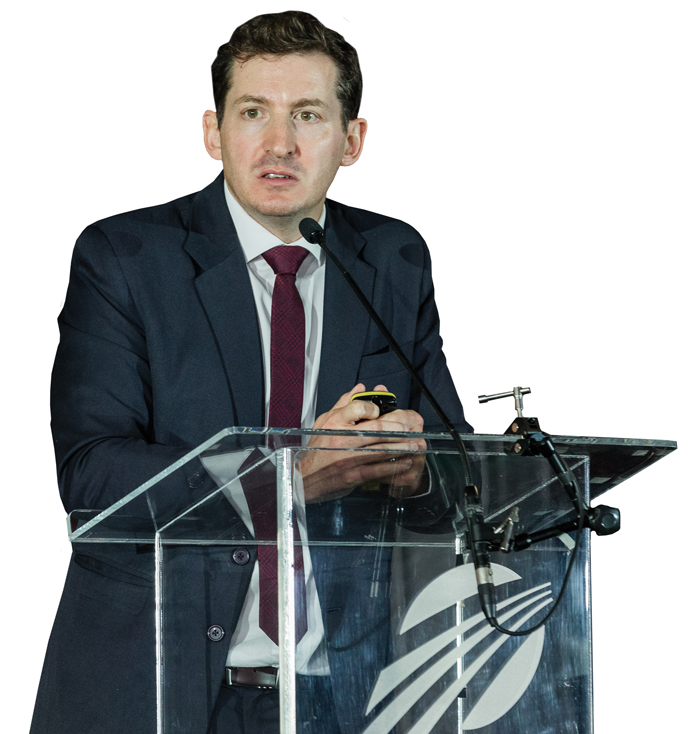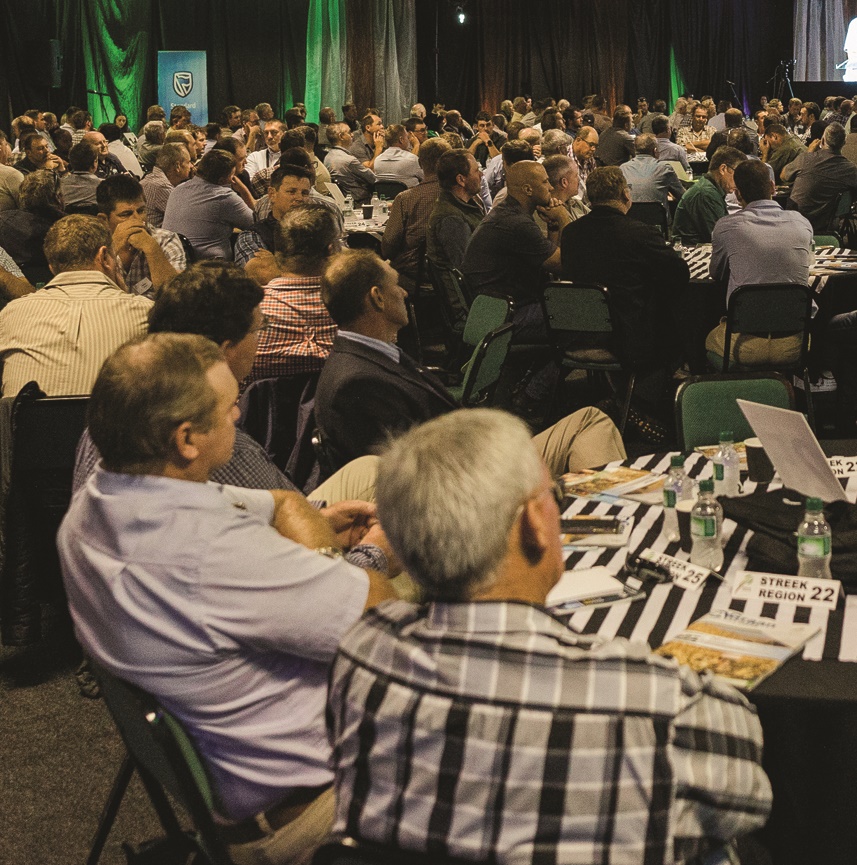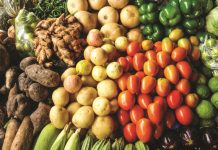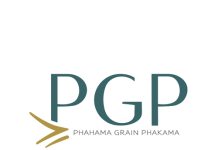Risks from geopolitical tensions, the escalation of the Russian-Ukrainian war, new Covid 19 variants and national sovereign debt are high in 2023, said Sam Rolland, economist and director for Sub-Saharan Africa at the Economist Intelligence Corporate Network. Rolland was the keynote speaker at the Grain SA Congress in March.
Before expounding on these risks, Rolland congratulated Grain SA and grain producers for the part they played in growing the sector 25% larger than before the pandemic. He said the agricultural sector outshined all other sectors, where only four grew since 2019 and six were smaller as indicated by GDP statistics from Stats SA for the end of 2022.
Risk amplification trends in 2023
Government debt
According to Rolland four trends will define 2023, the first being debt limiting government support. As much as the national debt was a risk factor, he described the dilemma as an opportunity for industries in South Africa to take the lead. ‘As bad as the past decade has been, why give up now? The challenge for government is that its current debt is unsustainable. This reduces options for government to react to crisis situations. An example of this was the July riots in 2021.’
He cited government’s removal of the threshold of self-generation of electricity as an example of an opportunity to take the lead and innovate. ‘Develop your own means of electricity generation to possibly link it back to the grid. In other areas too where the government is not able to keep up with demand, opportunities will arise for innovation on the part of the sector. If solutions are put on the table cost-free to government, they will not be able to stand in the way.’
Global conflict
Rolland said that the Russian-Ukrainian conflict was moving into what seemed to be a new cold war, where neither side was making significant advances. ‘2022 was the year in which the global economy was going to recover or bounce back. With Putin’s invasion of Ukraine in February 2022, this became more and more unlikely and soon inflation rose worldwide. In the agricultural sector China’s Covid policy was disastrous for replacing machinery and supply chain problems abounded. With a Russian/China alliance becoming more apparent, the risk is that the West and NATO could get involved in the conflict, bringing more volatility in the market.’
He added that over half a billion people live in countries that rely heavily on Russian and Ukrainian wheat. ‘With the South African government seemingly siding with Russia, our relationship with the West is souring, as is evident in the recent grey listing. Financing will become more difficult as suppliers become weary of giving credit to a country that is no longer creditworthy. The cost of doing business may become more expensive,’ he warned.

Climate risks
Extreme weather that drives disruption is the third risk factor according to Rolland. ‘A combination of drought and flooding is becoming the new normal. This has a major impact on agriculture worldwide.’ He said the world in which we operate will enter a phase of uncertainty due to the disruptive effects of climate change which were evident in the 2022 season. ‘The effect of climate change has been compounded by supply chain disruptions and the effect is rising food insecurity.’ He warned that resilience is needed as seasons change and the likelihood of food insecurity increases.
A shrinking global economy
The fourth factor Rolland mentioned was the rise in oil and gas prices. ‘2023 should see global economic growth of around 1,7% globally, which means that growth is slowing down. It is expected that China will see a growth of 5,2%. Oil and gas prices will remain high as long as the conflict rages and so will prices for base metals. Prices will remain high in level terms even after inflation recedes,’ he added.
Rolland warned that in Central Africa early warning signs of hunger hotspots were worrisome. ‘We need a concrete action plan for the coming years that will address rising food insecurity as well as the historical legacy of agriculture in South Africa.’ He cited Peru as an example where crop area decreased by 19% in eleven months during 2022. Drought, disrupted supply chains and high fertiliser prices soon led to political turmoil and widespread social unrest.
He added that good crop yields during the past three years in South Africa could possibly reduce the risk of social upheaval during the upcoming election in 2024.
Mitigating risks
According to Rolland, artificial intelligence (AI) driving new efficiencies is the way forward and will bring reprieve, but regulation must keep pace. ‘We need better access to data and technology to enhance yields. This extends into local labour force planning and skills development. Regulation will have to keep pace in this faster paced world, where change comes even quicker than before,’ he said.
He called for acceleration within the sector. ‘Take the lead. We need to see an acceleration of the industry into smart technology, AI and advanced innovation.
‘Food insecurity is a great risk for the South African government and they should be willing to welcome innovation that will mitigate this risk. Government does not have the fiscal space to delay and hinder progress,’ Rolland added.
He said that producer organisations such as Grain SA should always be cognisant of the historic challenge related to agriculture and build resilience into the market. ‘Government is not going to do it. It is important to take all the role-players in the sector forward, including the work force, to see the sector grow.’
Rolland advised producers to expand their networks and to foster strategic relationships. ‘Together we are stronger than on our own,’ he concluded.




















